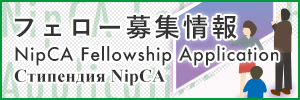Overseas Russian Language Training C Experience
School of Social and International Studies, Colleage of Social Sciences
Waragai Sora (3rd year)
1. Overview of the training
1.1 Motivation for participation
I will be transferring to this university in the 2023 academic year as a third-year student and will choose Russian as his second foreign language. I wanted to improve my language skills as I studied Russian. I decided to participate in this training program because I thought that I could improve my language skills efficiently by putting myself in an environment where I could concentrate only on Russian.
1.2 Contents of the training and its results研修内容とその成果
From February 16th to March 23rd, 2024, I participated in a short-term Russian and Kazakh language training program for 35 days. The participants were hosted by the Faculty of Oriental Studies and Preparatory Faculty of Kazakh National University in Almaty, Kazakhstan
The training included classes on Russian, Kazakh language, and the history of Kazakhstan. In addition, during my stay in Kazakhstan, I deepened my understanding of different cultures through interactions with my host families and students from the Faculty of Oriental Studies at Kazakh National University, sightseeing in the area, and experiencing local holidays and International Women’s Day.
2. About the content of the course

At the university, I took classes on the Russian language, the Kazakh language, and the history of Kazakhstan. The Russian classes were divided into grammar and conversation classes.
When I first joined the course, the class was teaching about relative pronouns. However, my level of Russian was such that I could read Cyrillic characters, understand the grammatical nature of nouns, and know the personal conjugations of infinitive verbs. I had a hard time because I had to take classes at a level much higher than mine. I studied on my own to deepen my understanding of the class content, and as a result, I was able to understand the role of each case of nouns.
Classes are held 6 days a week, and refer to Table 1 for detailed schedules.
3. Cross-Cultural Experiences
・Zenkov Church
Zenkov Cathedral is located in Panfilov Fighters Park in the center of Almaty. The wooden church was built in 1904 without a single nail, using earthquake-resistant techniques in its construction, and was dedicated in 1907. It became world-famous for not collapsing in the great earthquake that hit Almaty in 1911. It was looted during the Communist era of the Soviet Union, when religious activities were prohibited, and was closed once, but then used as a museum and reopened as a church in 1995. The interior of Zenkov Church is luxurious, with many icons displayed, as is typical of Russian Orthodox churches.
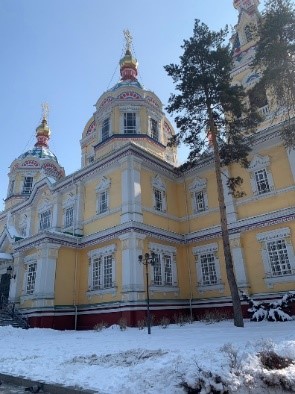
・Almaty Subway
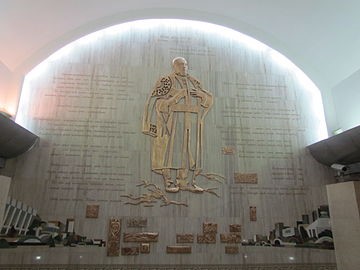
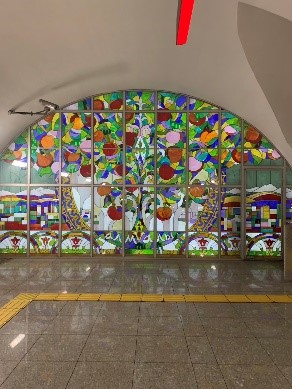
Construction of the subway began in 1988, when Kazakhstan was still part of the Soviet Union. Each station is designed in the traditional style of the former Soviet Union. A distinctive feature of Almaty’s subway is that the stations have elaborate interior decorations that are named after the stations. For example, Алмалы Station’s interior has an apple motif. And at Абай Station, a portrait of a Kazakh philosopher welcomes passengers. I hope you will walk around the city and feel the difference between Japanese architecture and that of Almaty.
・Central Bazaar
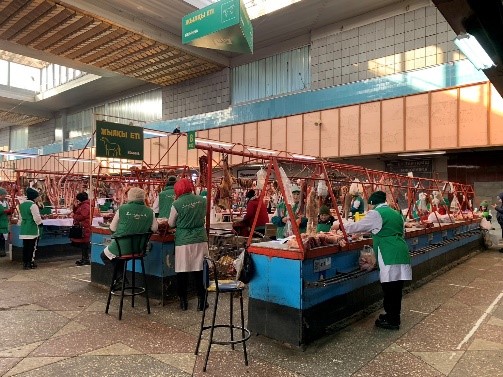
The bazaar, which serves as the locals’ kitchen, sells a wide variety of items, from fresh food such as vegetables and fruit to miscellaneous goods. I was impressed by the spices and teas that I could not find in Japan. It’s a fun spot even if you don’t shop, as it gives you a glimpse into the lives of the people of Almaty. When shopping at the bazaar, be careful of being ripped off. This was not the case at the store where I shopped, but in bazaars, people sometimes ask for prices that are subject to negotiation, so you may end up buying items at higher than the market price.
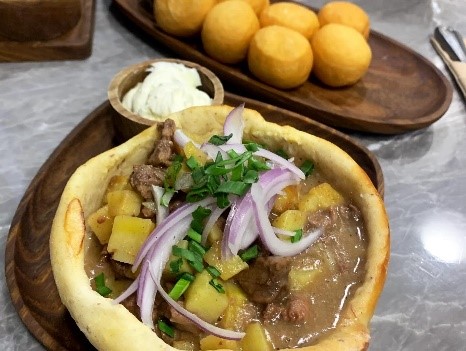
・Meal
TARY is a cafe that serves Kazakh cuisine (Photo5). I was told by a local person I met on the subway, and I had dinner with him. Kazakhs are friendly and willing to talk to you, and you may make new friends unexpectedly. There is a chain of Georgian restaurants in Kazakhstan. It is said that Georgian food is easy for Japanese palates, and if you are tired of Kazakhstan’s cuisine, it is recommended to try it once.
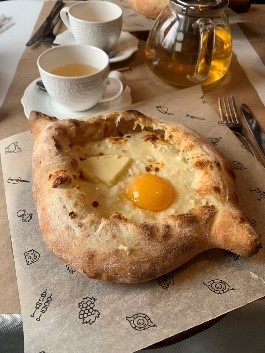
4. Conclusion
Language training is not recommended casually due to various issues such as financial problems and living in a new place. However, if you decide to participate, the staff at the NipCA office and local teachers will provide you with generous support. There are also scholarships available that will cover part of the cost of language training, so the hurdle of language training may be lower than you think. Please consider the various issues before deciding whether or not to participate.
If you decide to participate, please make it a habit to compare Japan with the destination country. I want you to treasure the feelings you have about what is the same and what is different, what is similar, the sense of discomfort you felt while you were there, and the sense of discomfort you felt after returning to Japan.




